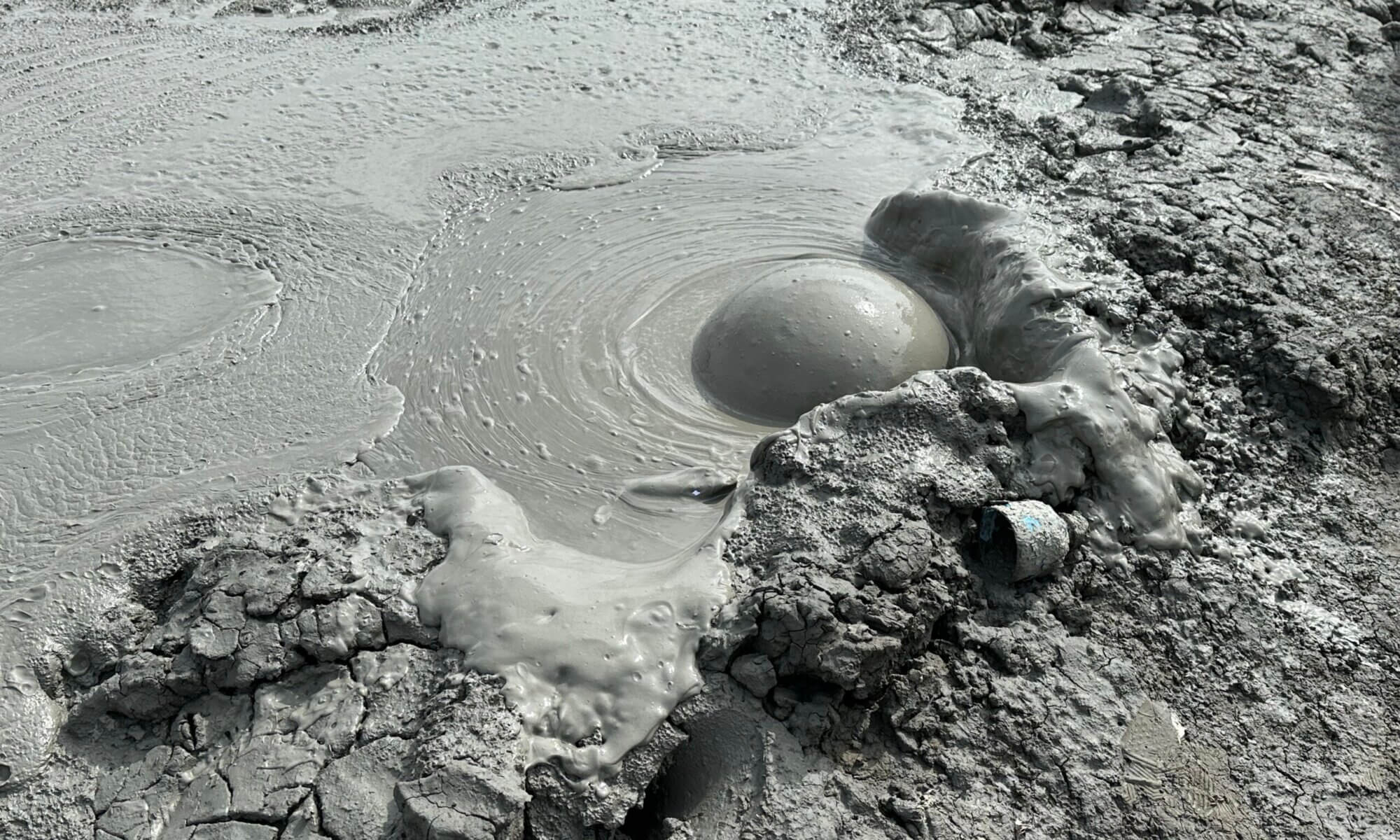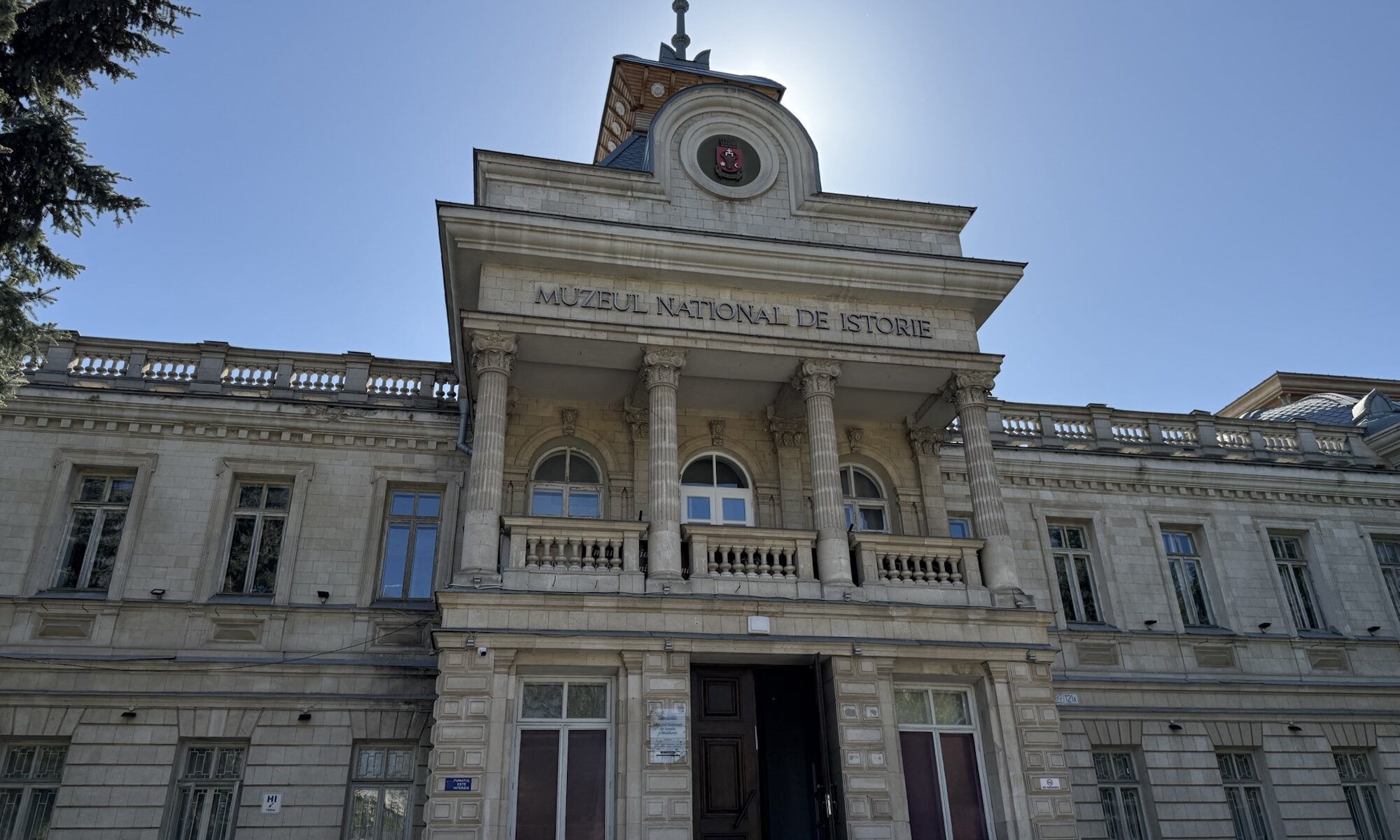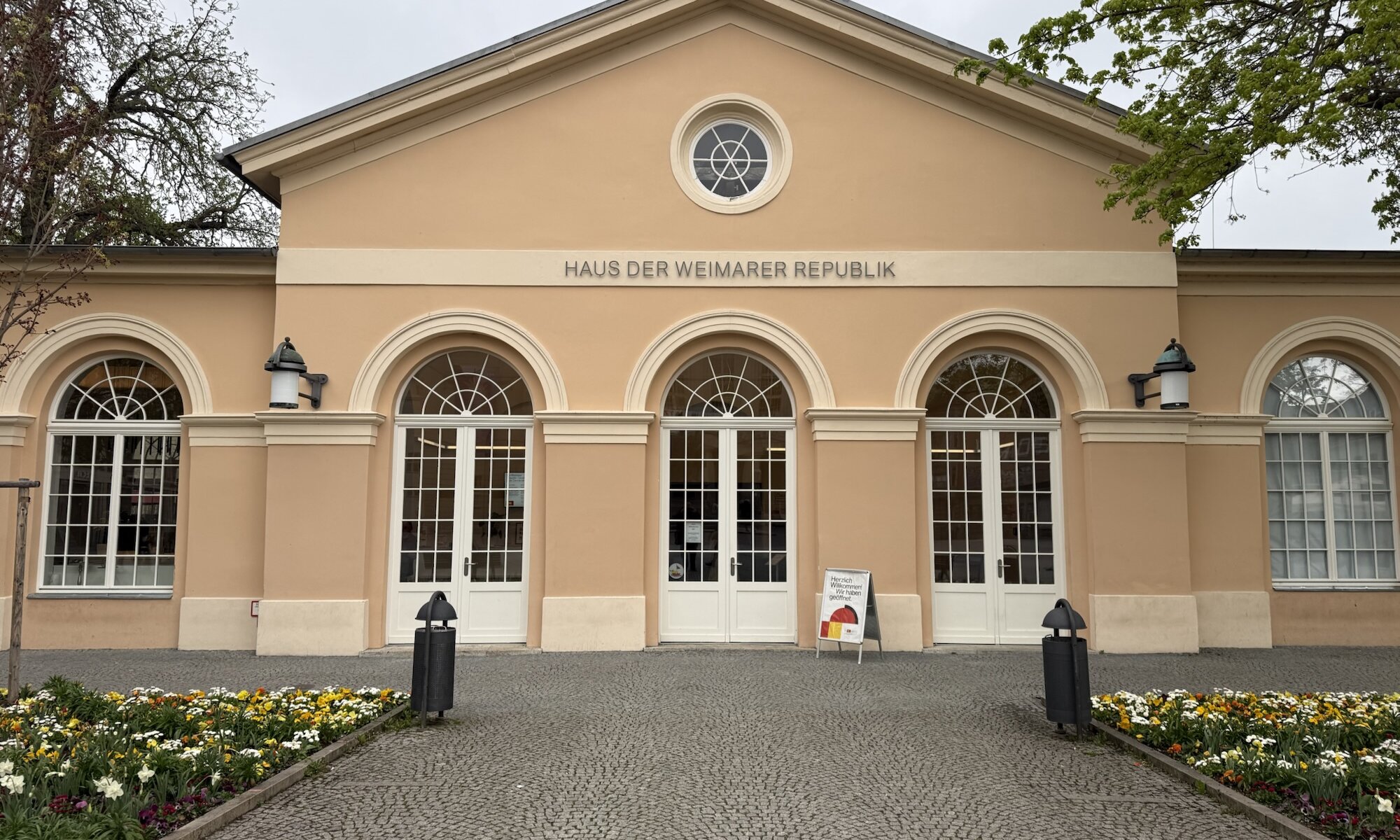The Musée National du Bardo in تونس is housed in a magnificent 19th-century beylical palace, originally built as a royal residence, which combines Andalusian-Moorish, Ottoman, and Italian architectural influences. Established as a museum in 1888, it is one of the most important and oldest museums in the Mediterranean region and the second largest on the African continent after the Egyptian Museum of Cairo. The museum’s setting itself is a historical monument, offering visitors a glimpse into Tunisia’s royal past alongside its rich collections.
Continue reading “Mosaics”Alltagskultur
Visiting the Freilichtmuseum at Detmold is like stepping back in time to experience 500 years of Westphalian rural life. Spread across more than 90 hectares of picturesque landscape, the museum features over 100 original historical buildings that have been carefully relocated and reconstructed from various regions of Westphalia. As you wander through the grounds, you can explore authentic farmhouses, workshops, and village structures, all furnished true to their eras, giving a vivid impression of how people once lived and worked in this part of Germany.
Continue reading “Alltagskultur”Etnografie și Istorie Naturală
The National Museum of Ethnography and Natural History in Chișinău is the oldest museum in the Republic of Moldova, with a rich history dating back to 1889. The museum was founded based on the collections from the first Agricultural and Industrial Exhibition organized by the Bessarabian Zemstvo. Throughout its existence, the museum has operated under various names, starting as the Museum of Agriculture and gradually expanding its focus to encompass natural history, contemporary nature, human society evolution, and traditional culture.
Continue reading “Etnografie și Istorie Naturală”Turnul de apă
The Turnul de apă (water tower) in Chișinău is a significant architectural monument built at the end of the 19th century by architect Alexander Bernardazzi. Originally constructed to serve as a water supply tower for the city, it is located on one of the highest points in Chișinău and stands 22 to 27 meters tall, built with local stone and brick in an eclectic style. The tower played a crucial role in the development of the city’s first sewerage network during mayor Karl Schmidt’s term and functioned as a water tower until 1940, after which it was used by firefighters.
Continue reading “Turnul de apă”Moldovan history
The Muzeul Naţional de Istorie a Moldovei, or National History Museum of Moldova, is centrally located in Chişinău and stands as one of the country’s most significant cultural institutions. The museum is housed in a monumental two-storey building constructed between 1980 and 1987, after the original 19th-century boys’ gymnasium was severely damaged by an earthquake and subsequently demolished. The new structure preserves elements of the old eclectic style, including decorative features reminiscent of the original assembly hall, and faces the historic 31 August 1989 street, making it a prominent landmark in the city’s architectural landscape.
Continue reading “Moldovan history”Artă
The Muzeul Național de Artă al Moldovei (National Museum of Fine Arts of Moldova) is the leading art institution in Chișinău, founded in 1939 by sculptor Alexandru Plămădeală and French painter Auguste Baillayre. Located in the city center, the museum is housed in several historic buildings, including the former girls’ gymnasium established by princess Natalia Dadiani and the ornate Vladimir Herța house, both remarkable examples of late 19th and early 20th-century architecture. With a collection exceeding 39,000 works, the museum offers a comprehensive overview of the development of fine arts from the 15th to the 21st century.
Continue reading “Artă”Goethe-Nationalmuseum
The Goethe-Nationalmuseum in Weimar is the most significant museum dedicated to the life and achievements of Johann Wolfgang von Goethe. Located at Frauenplan, the museum centers around Goethe’s original baroque residence, where he lived for nearly fifty years. The house, carefully restored to reflect its state during Goethe’s final years, is complemented by a garden and two early 20th-century museum extensions that provide additional exhibition space.
Continue reading “Goethe-Nationalmuseum”Bauhaus
The Bauhaus-Museum is a striking, minimalist building located in the heart of Weimar, Germany. Its clear geometric form and spacious forecourt invite visitors to explore the roots of one of the most influential art and design movements of the 20th century. Inside, the museum houses the world’s oldest Bauhaus collection, with over 13,000 objects and documents, including iconic pieces like the Wagenfeld lamp, Marcel Breuer’s slatted chair, and Marianne Brandt’s teapot. The exhibitions are thoughtfully arranged across several floors, guiding visitors through the early years of the Bauhaus and its radical experiments in art, design, and daily life.
Continue reading “Bauhaus”Weimarer Republik
The Haus der Weimarer Republik in Weimar is a museum dedicated to the history and legacy of Germany’s first democracy, the Weimar Republic. Located directly on Theaterplatz, it stands opposite the Deutsches Nationaltheater, the very place where the national assembly met in 1919 to draft and adopt the new democratic constitution. Visitors to the museum can explore interactive exhibits, original documents, photographs, and multimedia installations that vividly illustrate the turbulent years of the Weimar Republic, from its hopeful beginnings to its tragic end.
Continue reading “Weimarer Republik”Varusschlacht
The Varusschlacht, or Battle of the Teutoburg Forest, was a pivotal event in the Roman campaigns into Germania. From 12 BC to AD 16, the Romans attempted to conquer and integrate the lands between the Rhein and Elbe rivers into their empire, envisioning Germania as a new province. However, in 9 AD, three Roman legions under Publius Quinctilius Varus were ambushed and annihilated by Germanic warriors led by Arminius, a Cheruscan prince. This catastrophic defeat marked the end of Roma’s expansion into Germania and led Emperor Augustus to abandon plans for further conquest beyond the Rhein.
Continue reading “Varusschlacht”









